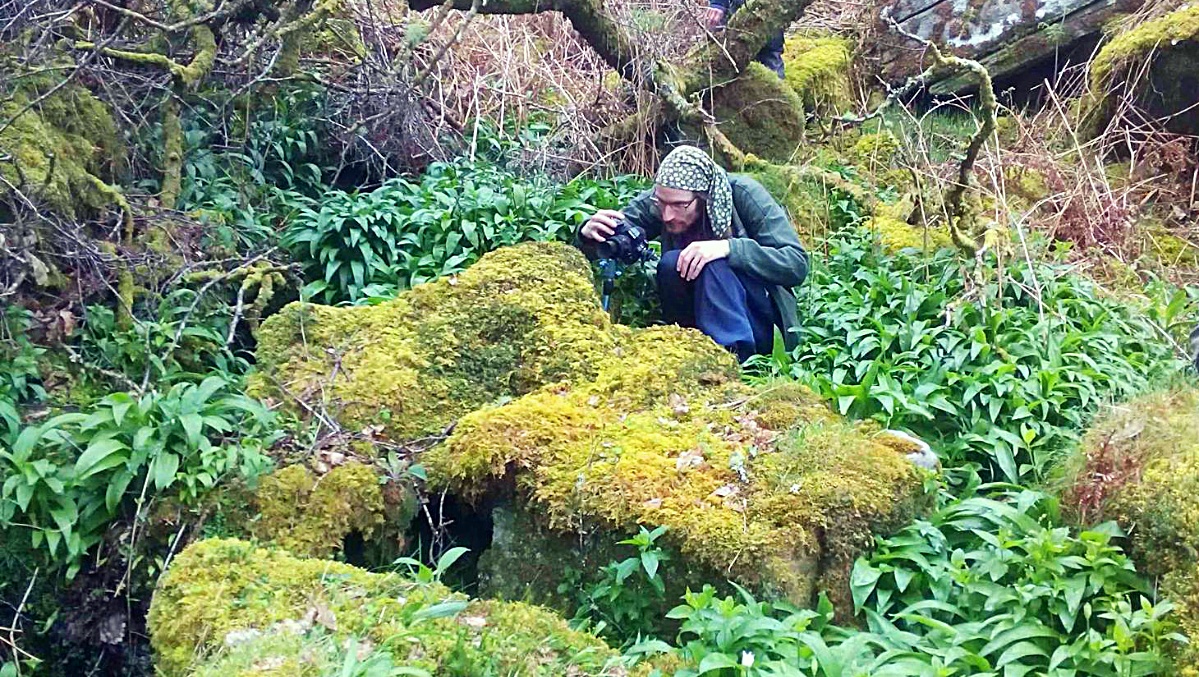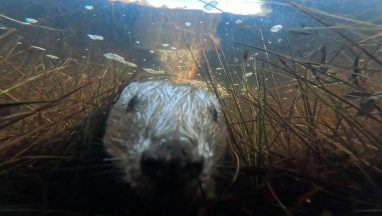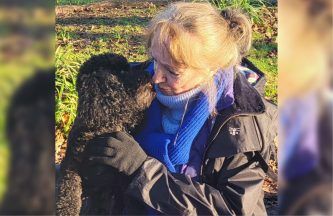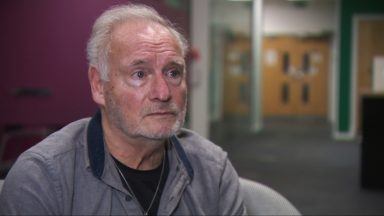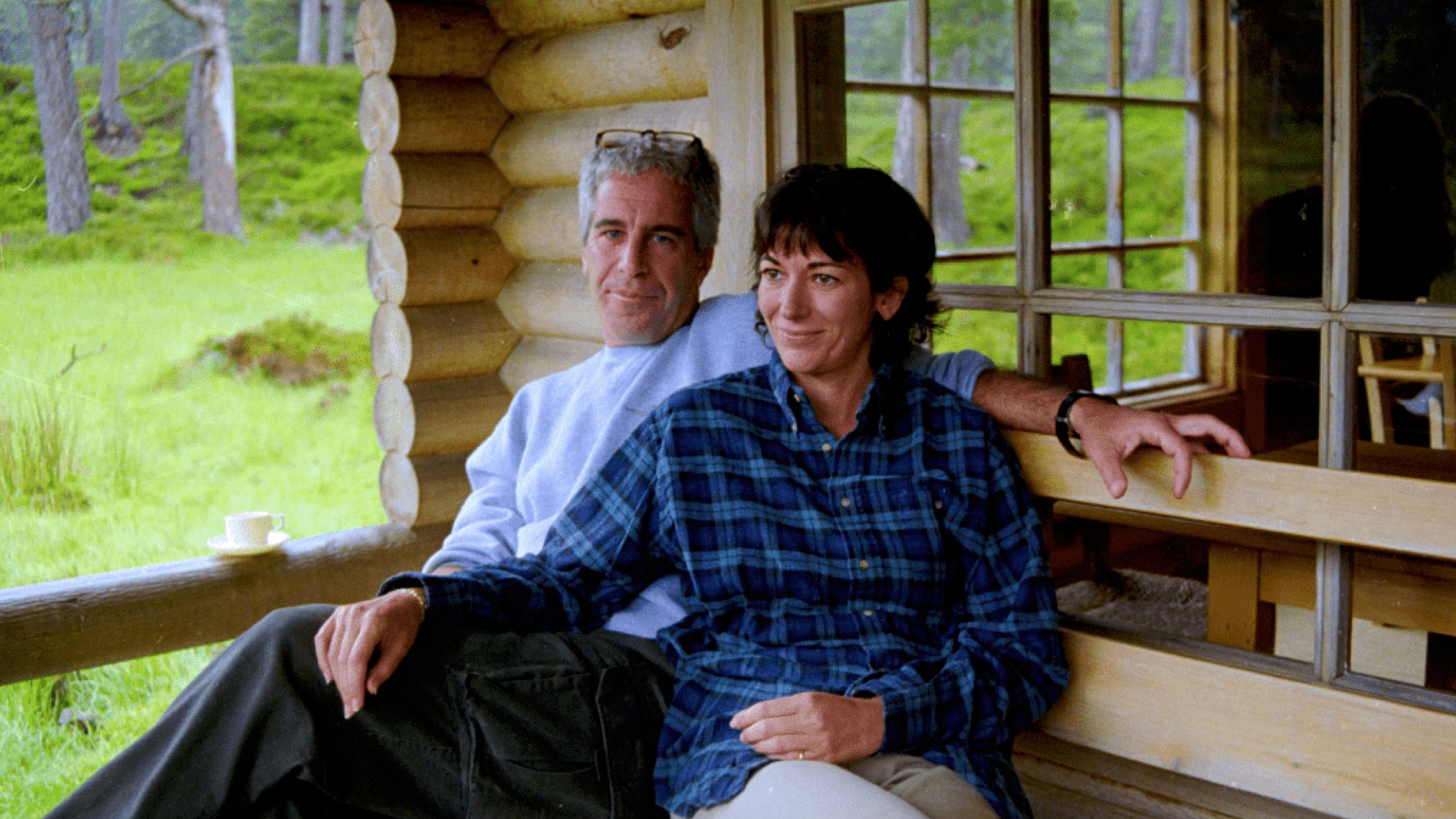An amateur naturalist has discovered the rare fungus that inspired The Last of Us in a Scottish rainforest.
The Gibellula fungus, a type of Cordycipitaceae, described as turning its spider victims into “zombies”, has been found in woodland on the peninsula at Portavadie.
The area has been receiving global attention since the fungus was found – made famous by the video game and later television series starring Bella Ramsey and Pedro Pascal.
The fungus eats spiders from the inside out leaving the exoskeleton whole, before erupting out to spread further spores and claim another host.
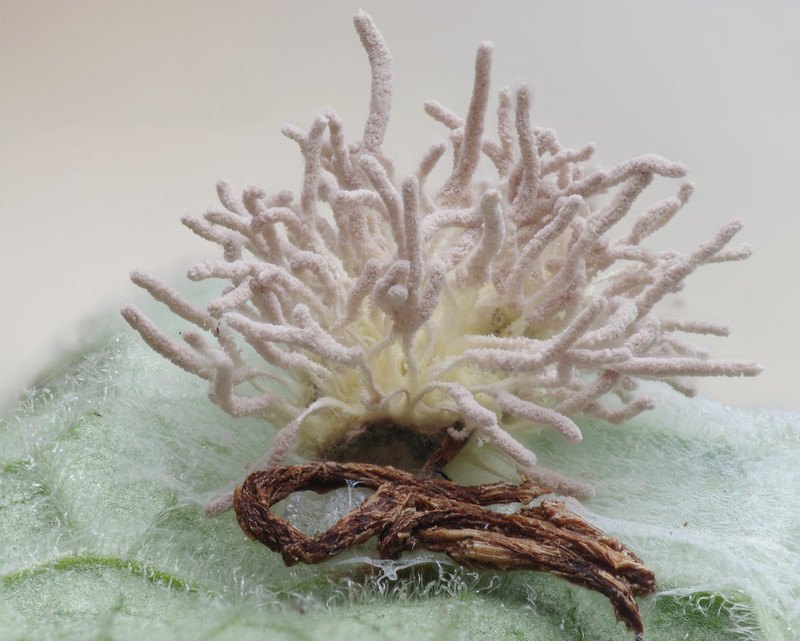 Ben Mitchell
Ben Mitchell Liane Hentscher/HBO via Liane Hentscher/HBO
Liane Hentscher/HBO via Liane Hentscher/HBOTwo examples of the fungus were found by amateur naturalist Ben Mitchell as part of the West Cowal Habitat Restoration Project in Argyll and Bute.
Ben told STV News: “We were just heading back to the car in another area of woodland and there was a foxglove at the side of the track. A gust of wind blew the leaves over.
“I saw something odd on the underside of the leaf but couldn’t make out what it was, so I picked it and rolled it and took it away with me.”
Ben said a magnifying glass revealed an “amazing candyfloss monstrosity with four little spider toes” on the underside of the leaf, which he had seen before in nature magazines.
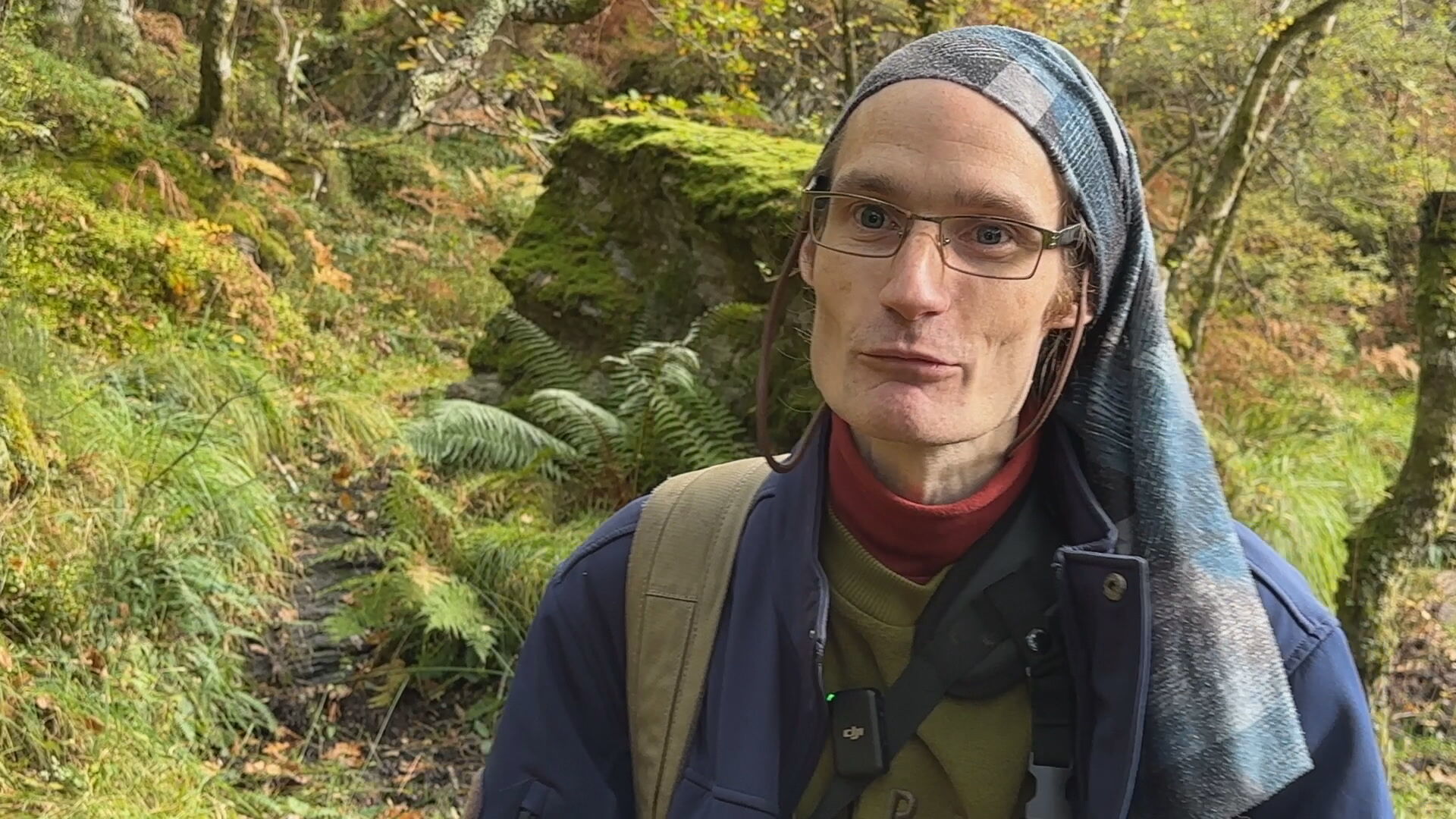 STV News
STV NewsExperts say the Gibellula has been recorded in Scotland on ten occasions over the last 70 years.
“I’ve been interested in fungi for a long time,” he said. “It’s a pretty rare fungus.
“Gibellula seems to make spiders move to the underside of leaves, before sticking them there.
“It’s maybe so that when they fruit, the spores are protected from the rain, and can drop onto other unsuspecting spiders more easily. It’s a bit grim, but it’s all part of the remarkable natural world.”
Ben added: “There are so many amazingly lush and beautiful things growing on trees and rocks all around us.
“This is a very special place – the place you want to be if you want to learn all this stuff. There’s an awful lot going on.”
Temperate rainforests which survive in wetter but cooler climates are dotted across the west coast of Scotland including at Portavadie.
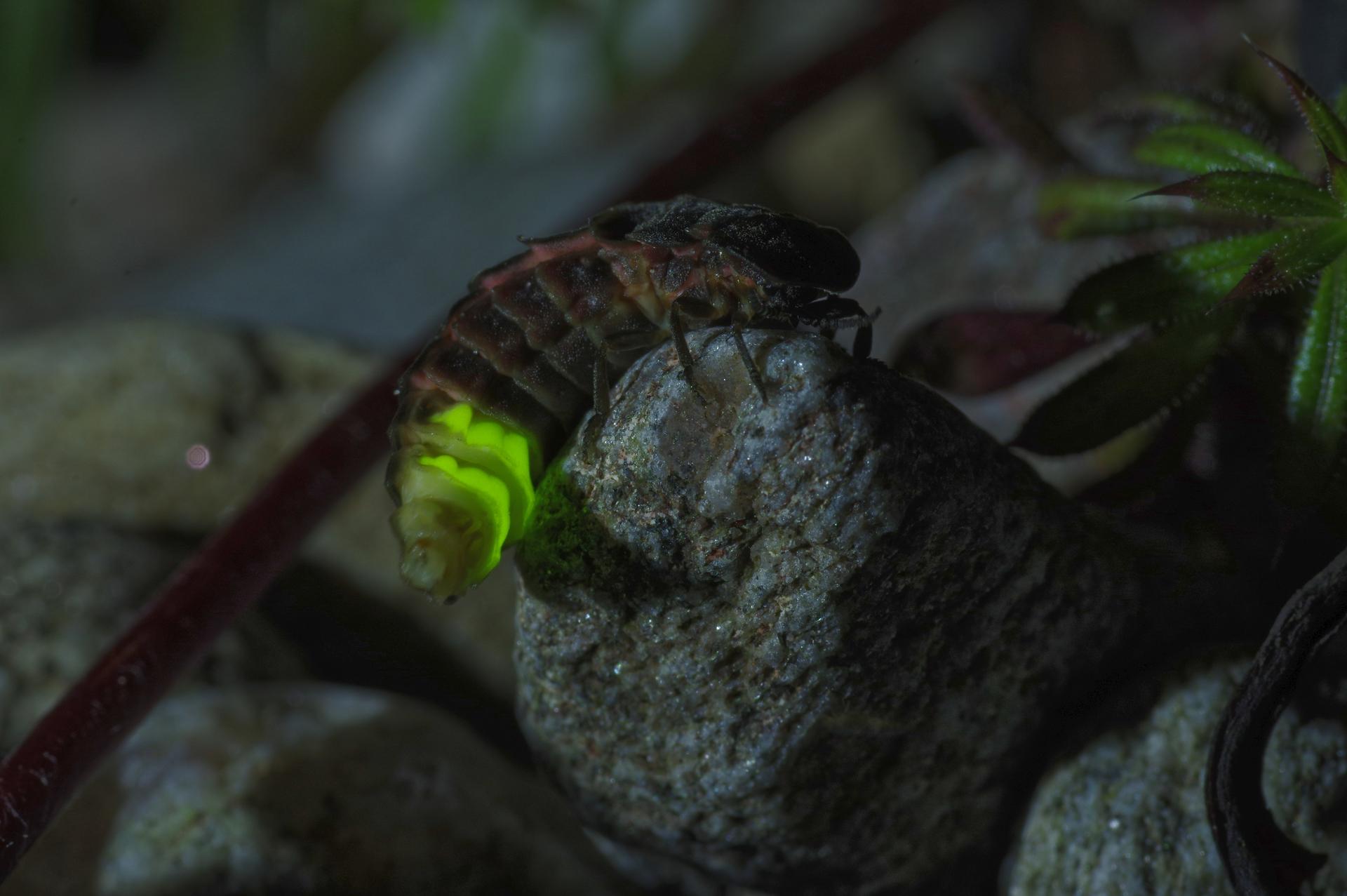 Ben Mitchell
Ben MitchellThese are areas that have high rainfall and a slightly warmer average temperature – and are a haven for biodiversity including lichen, mosses and other forms of wildlife, such as glow worms, orchids and even jellyfish.
But experts say they are under threat due to a lack of predators and invasive species, such as rhododendron.
Overgrazing from deer – who have no natural predators means younger plants are struggling to thrive.
Whilst climate change threatens the delicate balance this landscape needs to survive.
The project, managed by Argyll Countryside Trust (ACT) aims to restore the rare temperate rainforest that grows across the peninsulas of Kilfinan and Colintraive.
Woodland coordinator Ian Dow said: “Scotland has some of the finest examples of temperate rainforest habitat. The wider challenges the rainforest faces are related to climate change and the biodiversity crisis the planet is experiencing.
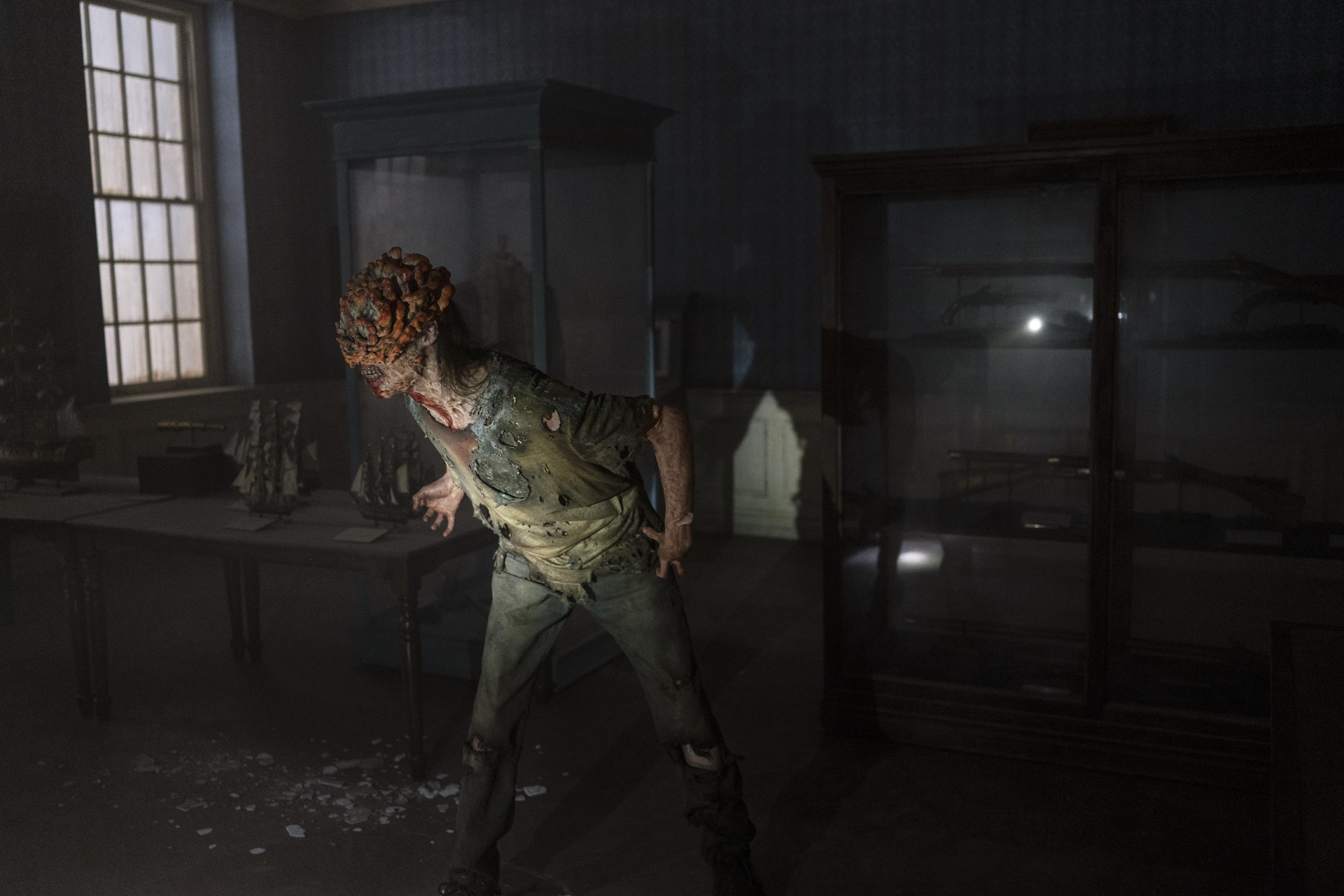 Liane Hentscher/HBO
Liane Hentscher/HBO“We’re working towards protecting, restoring, expanding and reconnecting these isolated island fragments across Argyll.
“If we can reconnect and expand these bio reservoirs, we provide an opportunity to diversify genetics within the habitat and help provide resistance to changes in climate in the oncoming decades.
“The local community has really come together on this project, and are so passionate about their local rainforest. We couldn’t have done this without them.”
Ecologist and Friends of Glenan Wood chair Katharine Lowrie hosts wild running retreats for the local community in the rainfores and says there are “many jewels” to be found.
One of her favourite dreveals itself at night; a biofluorescent lichen that glows in the dark under UV light.
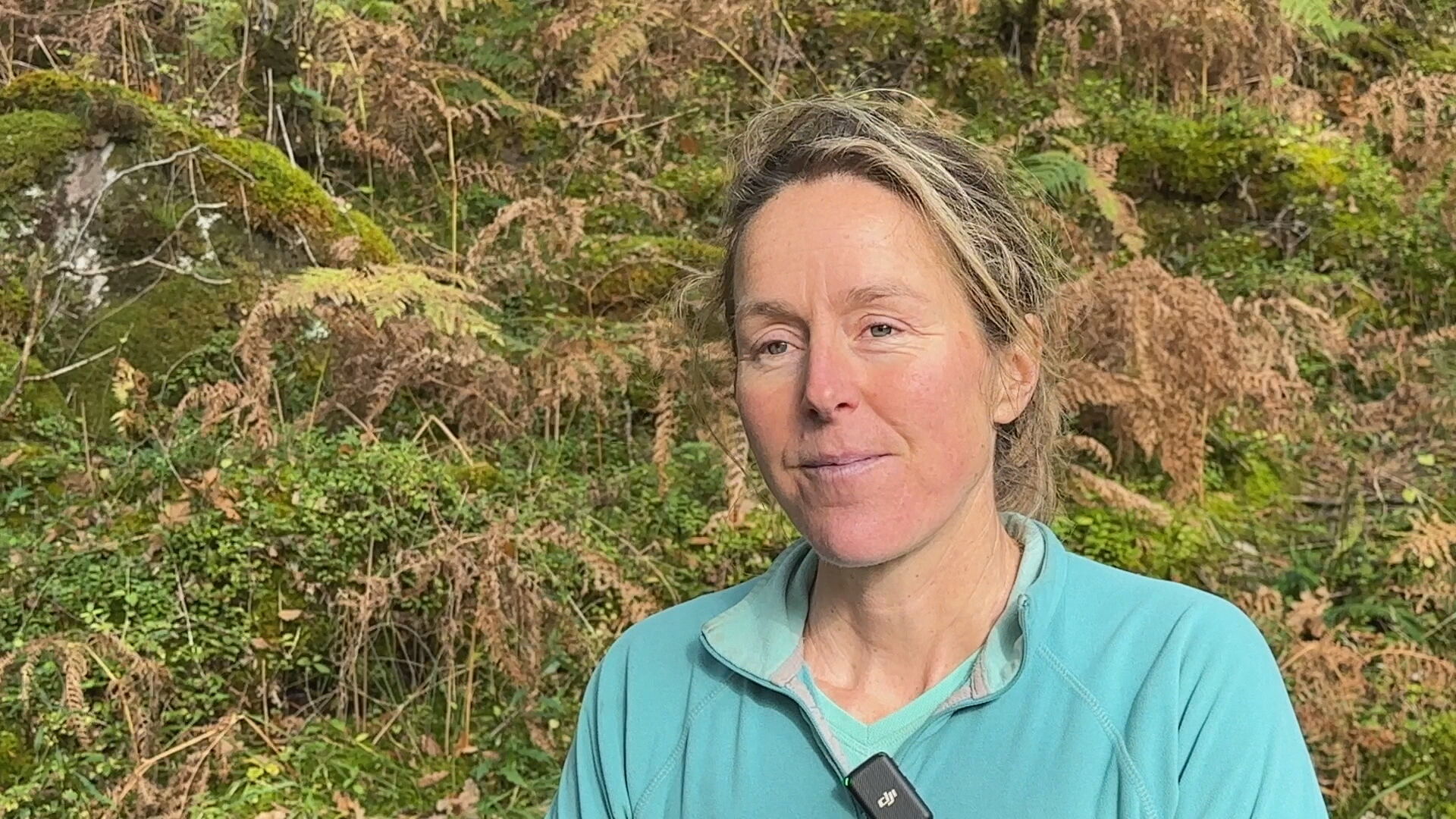 STV News
STV News“It was iridescent and crazy. Those kinds of spectacles, and this crazy fungus, brings this place into another dimension,” she said.
“I love this place. It’s a really unique habitat. There’s life everywhere and exploding with it.
“When I first came here, I felt like I was walking through a Tolkien book. I imagined fairies and gnomes emerging from out of the trees. Children love coming here.
“I get people to hug the trees, get muddy and get to know what it’s all about.”
Katharine said it’s “vital” that more is done to protect the rainforest and educate people on the life forms that call it home.
“Glenan is globally important for its lichens and mosses, but it’s also great for birds, pine martens, insects and flowers from a wildlife point of view.
“We’re lacking the predators we would have had in the past that would’ve suppressed herbivores. It’s important that people realise we can do something about that.
“We must do what we can to reduce herbivores and get rid of invasive species, threatening these rainforests.
“We can bring local communities here and show them the crazy life forms that are a part of this incredible place.”
Follow STV News on WhatsApp
Scan the QR code on your mobile device for all the latest news from around the country


